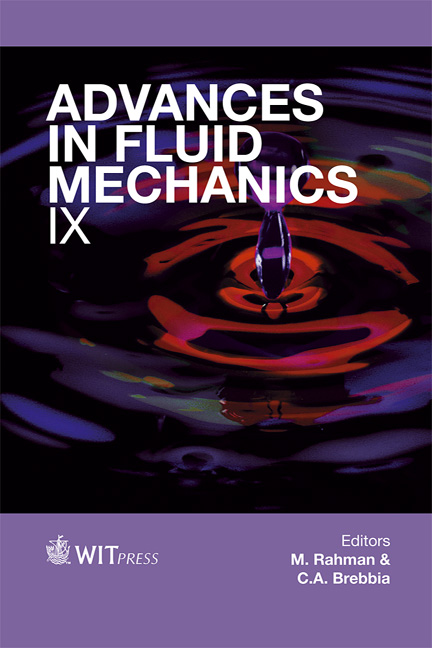Steady State Numerical Model For Critical Two-phase Flow In A Nozzle
Price
Free (open access)
Transaction
Volume
74
Pages
7
Page Range
211 - 217
Published
2012
Size
778 kb
Paper DOI
10.2495/AFM120191
Copyright
WIT Press
Author(s)
S. Martel, Y. Mercadier & M. Dostie
Abstract
This paper presents a steady state two-phase flow model including new choking criteria for one-dimensional conservative systems. As a first step, this model is used to study the flow in the motive nozzle of an ejector. Mechanical disequilibria and momentum exchange between phases are taken into account and the numerical scheme uses the SIMPLE algorithm. Numerical results are compared to experimental and previous numerical results from the literature. Keywords: critical two-phase flow, critical location, steady state model. 1 Introduction The steady state flow of compressible fluid through convergent-divergent nozzles covers various important flow phenomena like the occurrence of critical flow conditions, transition from subsonic to supersonic flow or the occurrence of flow discontinuities. One phenomena still of interest is the choking condition in a critical flow such as in supersonic ejectors. Supersonic ejectors are widely used in a range of applications such as aerospace, propulsion, refrigeration and many thermal systems. In this paper, a one-dimensional compressible steady state twophase flow model is presented with new choking criterions that are directly related to optimal flux conditions developed by [1]. As a first step, this model is used to study the flow in the motive nozzle of an ejector.
Keywords
critical two-phase flow, critical location, steady state model.





